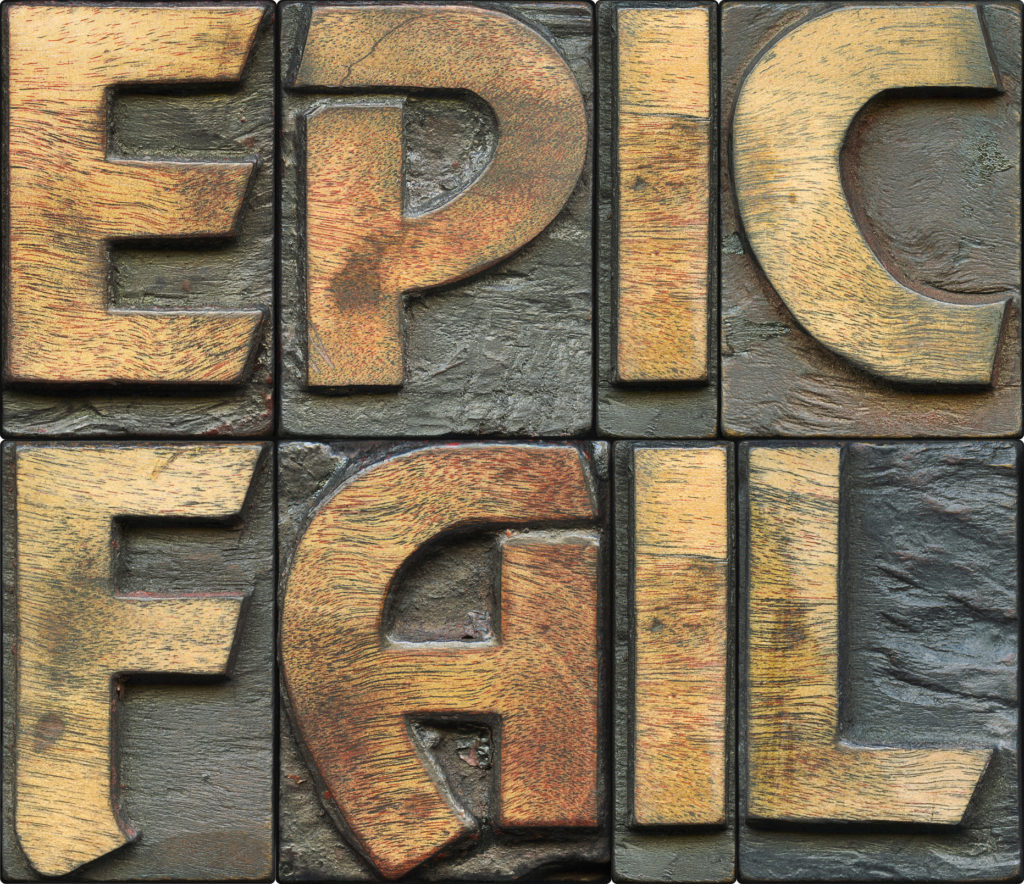
These days, we’re all about celebrating our successes. Whether you’re the President of the United States, a prominent CEO, or in the middle school play, it’s all about high-fives, fist bumps, gold medals, and trophies.
But the fact is, failure has always been a part of the inevitable process of experimentation and innovation. And the bigger the risk, the longer the pass, the more money’s on the table, the better chance for a fail – maybe an epic fail.
Recently, Inc.’s Justin Bariso wrote a story about Google’s system of “reverse engineering” its failures – a simple, but effective process we can all benefit from, especially those of us who have been known to take a risk or two.
This week has already been an interesting one for me. The announcement that I’ll be inducted in the National Radio Hall of Fame in November was one I didn’t see coming. And it’s been a frenetic, crazy few days of receiving well wishes and kudos from our every nook and cranny of my 40+ year career.
I’ve heard about every success I’ve ever had – as well as those that people imagine – during these past few days. It’s gratifying on the one hand, but sobering on the other. Because while you can look back at my career and see a string of big wins, most people forget about the blow-outs, the snafus, the miscalculations, and even an epic fail or two.
It’s more instructive (although not a lot of fun) to remember the mistakes so you don’t make them again. Too many careers are littered with repeat offenses – the wrongheaded assumptions, the missed turns, and the blown opportunities. If you don’t get smarter from your screw-ups, you are very likely going to step in the same black hole again…and again.
For Jacobs Media, the biggest fail was the development of The Edge© format in the late ’80s. We had been riding high on the success of Classic Rock format. In its early going, our gold-based format focused on the greatest rock n’ roll ever made from the ’60s and ’70s (we pretty much shied away from the ’80s during those years) quickly signed up clients in markets like Los Angeles, Chicago, Detroit, New York, Cleveland, and many others.
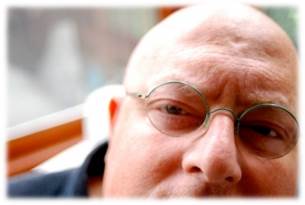 And all the while, I was carefully watching the growth of the Modern Rock format (it was not called Alternative back then) through my formative work with 91X in San Diego owned by John Lynch from the Noble Broadcast Group. Its young PD – “Mad” Max Tolkoff (pictured left) – and I used the combined synergy of our very diverse skill sets to build a formidable station. And we both believed (OK, him more than me) that the country was ready for the rollout of a format heavy on U2, Talking Heads, Depeche Mode, and Peter Gabriel.
And all the while, I was carefully watching the growth of the Modern Rock format (it was not called Alternative back then) through my formative work with 91X in San Diego owned by John Lynch from the Noble Broadcast Group. Its young PD – “Mad” Max Tolkoff (pictured left) – and I used the combined synergy of our very diverse skill sets to build a formidable station. And we both believed (OK, him more than me) that the country was ready for the rollout of a format heavy on U2, Talking Heads, Depeche Mode, and Peter Gabriel.
So, I did what I did with Classic Rock years earlier. We created a cool logo, put together a spec tape and slick materials, and rolled the new format out. For the industry trades, it was a curve ball – and I reveled in that. After all, here was Mr. Classic Rock debuting a format that was new music-centric. The “record guys” – many of whom vilified me for championing a Classic Rock format that played zero currents – were all of a sudden licking their chops over the prospects of Modern Rock stations signing on all over the country, playing lots of currents.
But it didn’t work out that way. Yes, we signed up a handful of eager clients in markets like Fresno and Honolulu, and while they had some impact, their markets weren’t ready for The Edge.
And neither were we.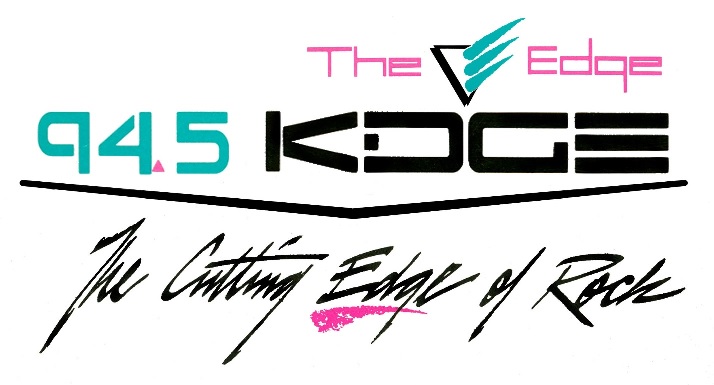
It turns out that neither my younger brother, Bill, nor I had earned our chops in the format and had the goods to make it work on the big stage. Our research was crude and rudimentary, at best.
We also didn’t have a mechanism to convert what ratings we did have into sales. Every station that flipped to The Edge in those days was formerly Country, AC, or some other format that had nothing to do with teens and twentysomethings sporting tats and skateboarding. The sales reps simply had no clue about how to sell it or even who to sell it to.
I knew when I was in trouble with The Edge© when American Comedy Network – one of radio’s top producers of great morning show prep and production – put out their annual parody of the radio industry. And The Edge format was front and center, complete with references to the format being carried out of the NAB Radio Show in a coffin. Ouch.
But then it got worse, because somehow, we ended up talks with Satellite Music Network about syndicating The Edge© nationally. Now in those days, satellite-delivered radio formats were the rarity. But the honchos at SMN were very interested in the format, and we dove in, spending time mapping out a rollout, new systems, and a realistic business model.
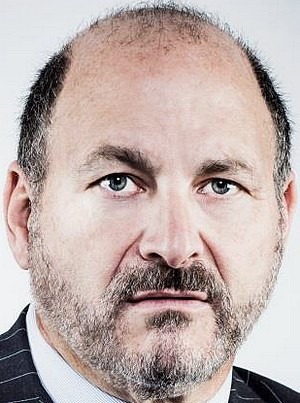 The last test in the process was passing muster with the head of the company, David Kantor (pictured left).
The last test in the process was passing muster with the head of the company, David Kantor (pictured left).
(Yes, that David Kantor, who went on to run the ABC Radio Network, and is now CEO of Urban One’s radio division.)
He looked me right in the eye, and told me Satellite Music Network was going to pass on The Edge©. The reason? We didn’t have the horses, the goods, the cred – and he knew it. I was hurt, angry, and true to that era, massively bummed out. It was a bad meeting.
But he was right, of course. On both the programming and sales side of the ball, we were coming up short. And Kantor saw it.
And so we assessed that epic fail very carefully. And that’s where the new Google process comes into play. They’ve developed a 3-step process that actually works.
- Identify the most important problems – It didn’t take us long to do that with The Edge©. Kantor laid it on the table – and he was right. But it’s not always obvious, especially to passionate innovators. In a “postmortem” (and these work, whether you’re evaluating station events or sales promotions), the key is to focus on the major problem – the main thing that “went wrong.” And that’s the first step in preventing that one from happening again.
- Create a record – We didn’t do this with The Edge© debacle, but it would have helped. Google recommends a written record of the step-by-step process that led to the fail, replete with key questions (“What didn’t go well?” and “Where did we get lucky?”) to help flesh out what really happened.
- Promote growth – not blame – This is the hardest step because in most organizations, it’s natural to pin the blame on someone. Google believes that punishing failure is a mistake. The only way you get employees to step and admit mistakes is to “reposition failure as an opportunity for growth and development, rather than a setback.”
I’d love to tell you we did all these things, but Google wasn’t around in 1991 when we tried to “reverse engineer” our Edge© mess, and determine if it was something we should walk away from – or learn from our mistakes and try again.
So, we did two things…
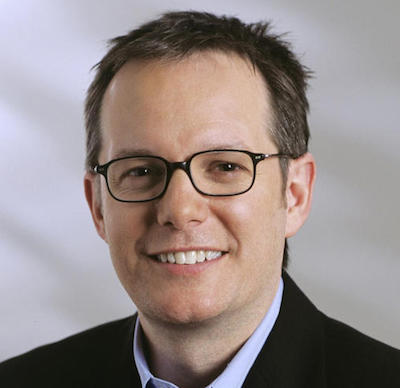 First, we brought in a Modern Rock icon – in fact, a guru. Tom Calderone had already programmed WDRE and WHFS, and very much had a tremendous handle on the music, the audience, the lifestyle, and the events potential of the format.
First, we brought in a Modern Rock icon – in fact, a guru. Tom Calderone had already programmed WDRE and WHFS, and very much had a tremendous handle on the music, the audience, the lifestyle, and the events potential of the format.
He quickly became the face of The Edge©. And it wasn’t long before we were back in business. Remember the Google question – “Where did we get lucky?” That would be Kurt Cobain and the Grunge explosion that began to happen simultaneously to our re-org. The Edge© took off, and we soon had to hire an assistant for Calderone, Tim Davis.
But the next move was engineered by my brother – and radio sales expert – Paul Jacobs. Realizing that ratings without revenue was a non-starter, Paul went to school with Tom about the audience, its buying patterns, its trajectory, and its huge growth potential. So when we signed on brand new Edge© stations in markets like Buffalo, Minneapolis, Dayton, Albuquerque, and many others, Tom was working with the programming team, while Paul was in the conference room with the sales staff, teaching them about key accounts, while helping them overcome objections to the format.
It was all the things David Kantor pointed to that helped us identify “What went wrong?” And it ultimately turned our worst failure into one of our best successes.
We own the mark for The Edge©, the gift that keeps on giving. And our Alternative “division” has been going strong ever since. When Calderone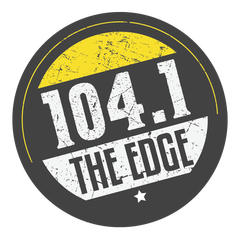 left for New York City to go to work for MTV (and later run Vh1), three great programmers – Dave Beasing, Keith Cunningham, and later Mike Stern – came in to keep our Alternative portfolio strong and healthy. Today, we are blessed to work with great stations in the format at a time when it is once again experiencing something of a surge.
left for New York City to go to work for MTV (and later run Vh1), three great programmers – Dave Beasing, Keith Cunningham, and later Mike Stern – came in to keep our Alternative portfolio strong and healthy. Today, we are blessed to work with great stations in the format at a time when it is once again experiencing something of a surge.
At this time of innovation in the radio industry, the good news is how so many broadcasters are stepping up to the table, opening their wallets and purses, and taking a shot at experimentation and risk-taking to grow their businesses. It’s been a long time coming, and it’s something radio so dearly needs to do.
But with all that innovation will come the inevitable failures. It goes with the territory. Dealing with it constructively will separate the companies and executives who will go on to build formidable franchises that will endure.
I ran into Kantor at a radio convention a year or so ago – and thanked him for hitting me right between the eyes about The Edge© 25 years ago. I’m not sure he really remembered that meeting. Believe me, I still do.
The blame game is never a smart strategy, and during these times of experimentation in the radio business, attracting creative, out of the box thinkers will likely hinge on how companies deal with the big successes…
…and the epic fails.
- 5 Lessons For Radio From The Apple Watch - May 5, 2025
- DJs And Baristas: Can They Save Their Companies? - May 2, 2025
- Radio’s New Audience Equation: Z Over Y = Trouble - May 1, 2025



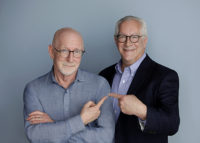
Fred,
I’m glad the SMN rejection of the Edge led to biggercand better things for you and your company. We all have failures, I can think of a long list of projects I green lighted only to have to kill them a short time later. But without failures there are not successes. We learn from them so we can better risk assess the next opportunity that comes along.
Congratulations on your induction into the Hall of Fame. You are more then deserving of this honor
I have to make one correction: Max Tolkoff was never young. Thank you.
True dat..
Dun and Bradstreet used to do something called a “loss dinner” – they would take someone who passed on buying from them to dinner and reverse engineer what happened with them. I always liked that idea.
Fred — Excellent post and helpful “lessons learned” essay. I was a P-2 to The Edge in Minneapolis. In some ways it was the forerunner to The Current. Thanks for sharing the behind the scenes story.
The Edge in Minny ought to be a chapter in the book! Thanks for the note & for reading our blog.
During my SuperSpots days, was such a privilege to work alongside Tom Calderone rolling out new EDGE stations coast-to-coast in the 90s — gives me great pleasure to see so many of them still thriving and doing well in 2018!
Onward!
Tom’s the best and those early Edge days were big fun. Thanks, David, for the great work during those great times for the format.
Those were exciting times in Alternative radio. I enjoyed competing against the Edge with 89X in Detroit. Intense competition always make the product better for the listener. We even put this on the back of all of our 89X stickers…”There can be only one”. And there eventually was….
Truth be told, we never shoould have signed The Edge on here in Detroit. But, alas, it wasn’t my call. 89X was the better station and The Edge was the third one in – not a good thing in any format, much less Alternative. Murray, good to hear from you and hope all’s well.
The Edge in Harrisburg/York/Lancaster, PA was my first full-time gig. I was blessed to get to be part of a team that worked closely with Tom Calderone, one of the most brilliant minds I’ve ever come across.
It saddened me when we were bought out by a new company that wanted to go Active Rock, thus dropping the station name and affiliation with your company.
I can’t say thanks enough for helping to shape me into who/what I am in radio today.
Ronnie, thanks for the story and the kind words. We met some great people along the way, and made some successful radio. Appreciate you chiming in.
I’ve only seen three things on television where I immediatly said to myself:
This is going to be significant for radio.
One was the the “Smells Like Teen Spirit” video…
The on ramp to alternative radio curiosity, cume and credibility.
No doubt. Thanks, Marty.
Holy shit! Lies and fake news!
Allow me to remind you, in the nicest possible way, that your memory is actually worse than mine, which is tremendously hard to achieve. I’m not the one who wanted to roll out a national format. That was YOUR idea. It wasn’t MY idea to come to Detroit, get food poisoning, wind up in a hospital for three days while simultaneously trying to teach brother Bill everything I knew about Depeche Mode. That was YOUR idea.
And furthermore, The Edge was NOT a failure. It was just early. Exhibit A: When Nirvana and Pearl Jam changed EVERYTHING in the early 90’s the format went from approximately 15 stations to 40 in the space of 18 months. At that point you couldn’t STOP stations from picking up The Edge.
And if that Kantor dude HAD picked up the format perhaps he’d be in the RHOF too (ouch!).
Don’t sell yourself short. That’s my job.
I appreciate the perspective and your slightly younger and more vibrant memory. Should I remind our readers you and I share the same birthday, although 20 or so years apart. Thanks, Max, for talking me out of that all-metal format I was considering at the time.
Oh dear.. Perhaps its not too late.
(edited) Another factor that affected the success of alternative/modern rock stations was signal strength. In many cases the stations that were willing to “take a chance” on the format were underperforming due to weak market coverage. That was the case in Phoenix, where I was the program director of The Edge beginning in 1993. And although ardent fans worked hard to find the signal, lack of solid signal inhibited growth. In about 1994 I did a simple study comparing alternative station signal strength with ratings around the country, and a simple clear picture emerged. The better the market coverage, the better the ratings/market ranking. In other words, the audience was ready for the format, but they had to be able to hear it everywhere in the market.
John, great to hear from you. We fought the good fight. We had a crappy signal, and of the worst buildings in a terrible neighborhood I’ve experienced. But, we carved out space, brought Alternative to Phoenix, and had a great time. Lots of talent came from your station, and the legacy is being carried on by Nancy Stevens at Alt AZ to this day.
Loved the article Fred. Thanks….and most of all, congratulations for an amazing career and moving radio forward – Still.
Can’t think of a more deserving person to head into the Radio HOF. It’s so great to be recognized by your peers.
Pat, many thanks. I look up to you as one of the truly iconic broadcasters of my time. Much appreciated.